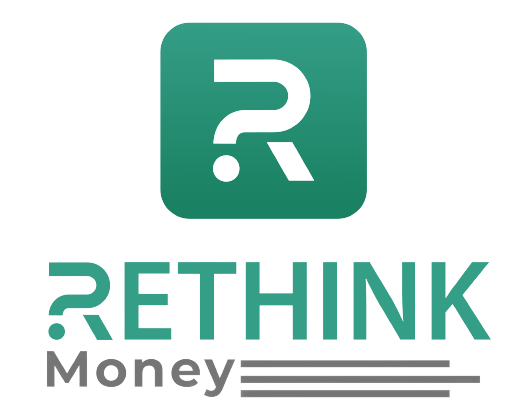If you’ve been following the property market in Ireland, you’ve likely seen the headlines: home prices continue to rise, leaving many prospective buyers wondering if they’ll ever step onto the property ladder. As both a digital financial advisor and a mortgage broker, we’ve witnessed firsthand the challenges my clients face in this environment. Let’s break down the current state of the housing market, the reasons behind these rising costs, and what you can do to navigate this complex landscape.
Understanding the Market Dynamics
The cost of homes in Ireland has been on an upward trajectory for years, with the trend continuing unabated into 2025. Data from recent reports suggests a combination of supply shortages, increased demand, and inflationary pressures are fueling these price hikes. According to the Central Statistics Office (CSO), the average price of a home is now significantly above pre-2008 levels, with Dublin and other urban centers seeing the steepest increases.
But it’s not just urban areas feeling the pinch. Rural regions, once considered more affordable, are also experiencing price growth. Remote work opportunities and a desire for more space post-pandemic have driven demand in these areas, further stretching an already constrained supply.
What’s Driving the Increase?
Housing Supply Shortages:
Ireland’s housing stock has struggled to keep pace with demand. Years of underinvestment in construction following the 2008 financial crisis have left a lingering deficit. While the government’s Housing for All plan aims to address this, it will take years for new developments to have a measurable impact.
Population Growth and Demographics:
Ireland’s growing population, combined with a surge in younger buyers entering the market, has intensified competition. Migration trends and a high birth rate contribute to sustained demand.
Rising Construction Costs:
Inflation and supply chain disruptions have driven up the costs of building materials and labor. Developers face higher expenses, which are inevitably passed on to buyers.
Low Interest Rates and Credit Availability:
While interest rates have risen in recent years, they remain relatively low by historical standards. This accessibility to credit has allowed buyers to bid higher prices, further inflating the market.
Investor Activity:
Institutional investors purchasing properties as long-term rental assets have limited the number of homes available to individual buyers, particularly in urban centers.
The Challenges for Buyers
For first-time buyers, the current market presents significant hurdles. Saving for a deposit is more difficult than ever, given rising rents and the broader cost-of-living crisis. Even those who manage to save find themselves competing with cash buyers and investors, who often have the upper hand in a bidding war.
Affordability remains a critical issue. Central Bank mortgage lending rules, while essential for financial stability, cap borrowing at 4 times annual income for most buyers. With home prices far outpacing income growth, this means many buyers are priced out of the market.
Strategies to Navigate the Market
While the challenges are real, there are steps you can take to position yourself effectively:
Understand Your Budget:
Begin with a clear picture of your finances. Use digital tools to track income, expenses, and savings. Calculate how much you can comfortably afford for a deposit and monthly repayments without overstretching your budget.
Get Mortgage Pre-Approval:
Pre-approval provides a clear understanding of your borrowing capacity and signals to sellers that you’re a serious buyer. Work with a mortgage broker to explore all available options and secure the best possible terms.
Expand Your Search:
Be open to areas outside your initial preferences. Many up-and-coming neighborhoods offer better value and potential for future growth. Rural areas, particularly those with good transport links, might also be worth considering.
Consider New Builds:
Government initiatives like the First Home Scheme and Help to Buy may make purchasing a new build more affordable. These programs offer financial assistance to qualifying buyers, reducing the upfront costs.
Be Strategic in Bidding:
Avoid getting caught up in bidding wars. Set a firm upper limit and stick to it. Emotional decisions can lead to overpaying and long-term financial strain.
Looking Ahead
While the current landscape may feel daunting, there are reasons for optimism. Government measures to increase housing supply and incentivize first-time buyers will gradually make a difference. Additionally, technological advancements in the property market, such as virtual viewings and AI-driven property recommendations, are making the buying process more efficient.
As a digital financial advisor, we are here to help you navigate these complexities. From creating a tailored savings plan to exploring mortgage options, our role is to empower you with the tools and knowledge needed to make informed decisions.
The rising cost of homes in Ireland is a multifaceted challenge, but with the right approach, achieving your homeownership goals is possible. The key is preparation, adaptability, and leveraging expert advice to guide you through the process.
If you’re ready to take the next step or have questions about the current market, don’t hesitate to reach out. Together, we can turn today’s challenges into tomorrow’s opportunities.




